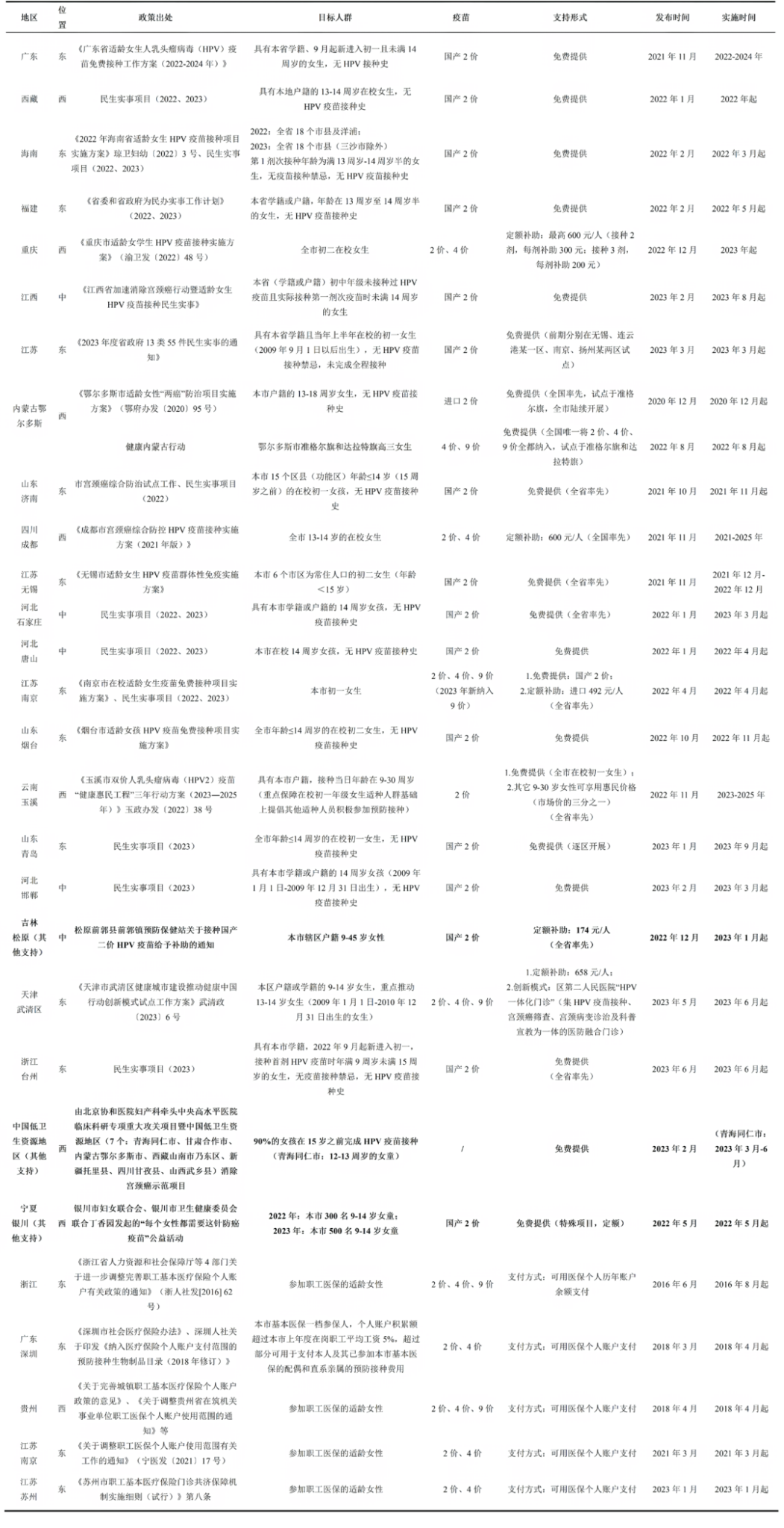Journal Content Recommendation
01
Comparison of immunization program vaccine demand forecasting and management between China and Australia
This study was published in Chinese Primary Health Care. The study analyzed the similarities and differences between the national immunization plans of China and Australia. Regarding China, the 2005 Code of Practice on Preventive Vaccination states that the provincial CDC departments are responsible for formulating the strategy for vaccine utilization in China’s immunization program, providing the distribution plan at every level, in addition to defining the methodology for predicting vaccine demand in China. The Code of Practice on Preventive Vaccination proposes different formulas for basic and special immunization; in most provinces, municipal plan applications are decided through a level-by-level aggregation from the primary care vaccination units, forming the provincial plan application; additionally, some regions have developed relevant regulations on vaccine demand and distribution.
Australia’s National Immunization Program (NIP) is a partnership program between the Commonwealth Government and the State and Territory Governments, with the Essential Vaccines National Partnership Agreement outlining the specific roles and responsibilities of the Commonwealth and State Governments, as well as the forecasting of vaccine demand being assisted by the State Governments to the Commonwealth Government, which should provide the Commonwealth Government with an estimate of the 15-month forecast of the vaccine supply for the Immunization Program for the region quarterly. States projecting vaccination demand vary somewhat from one another. For instance, in the case of the BCG vaccine, some states base their projections on the use of the vaccine in previous years, while others base their projections on the use of the vaccine summarized in the regular monitoring of the central clinics, which they then use as a basis for flexible deployment.
Through comparison, the research team suggests that in the future, in addition to focusing on optimizing the vaccine demand forecasting model, China should also explore the establishment of a national immunization vaccine stockpiling mechanism, strengthening the supervision and management of vaccines in order to ensure the availability and sustainability of vaccines.
https://cstj.cqvip.com/Qikan/Article/Detail?id=7111639693
02
An overview of sustainable financing sources for immunization planning
This article was published in Population Medicine. Methods of integrating immunization into national health budgets differ from country to country, and the evidence on best practices for financing mechanisms remains limited. The COVID-19 pandemics divert resources that should be invested in routine immunization, underscoring the need to improve the sustainability and resilience of existing vaccination infrastructure. This study examines how various approaches to the sustainable financing of immunization programs globally fit within the framework of the “2030 Immunization Agenda” proposed by the World Health Organization. According to the study’s findings, ensuring adequate and predictable sources of funding; effective public financial management; and strengthening partnerships and coordinating a sustainable transition from external donations to domestic financing are all essential elements of sustainable financing. The research team also outlined comprehensive solutions for achieving sustainable financing, including: increasing government funding, diversifying funding sources to invest in infrastructure for vaccine research and development, establishing regulatory bodies, and fostering public-private partnerships.
https://doi.org/10.18332/popmed /177169
03
Pregnant women’s and recently pregnant people’s attitudes about the COVID-19 vaccine
This article was published in The JAMA Network Open, assessing trends in attitudes toward the COVID-19 vaccine among pregnant women and recently pregnant individuals who were members of the U.S. Vaccine Safety Data Link (VSD) from 2021 to 2023, including (1) vaccination status; and (2) race, ethnicity, and language.
A total of 1227 respondents were enrolled in the study who self-reported vaccination status and attitudes toward monovalent (round 1) or bivalent Omicron booster (round 2) neocrown vaccine. Overall, 76.8% (95% CI, 71.5%-82.2%) of respondents reported having received 1 or more rounds of the COVID-19 vaccine; among Spanish-speaking respondents, the highest weighted proportion of respondents had received 1 or more rounds of the COVID-19 vaccine. However, in a weighted assessment of the proportion of respondents who reported having received 1 or more vaccinations, non-Hispanic white respondents and Spanish-speaking Hispanic respondents who “somewhat agreed” or “strongly agreed” that the COVID-19 vaccine was safe showed a decrease in responses in Round 2 compared to Round 1.
Researchers discovered that pregnant and recently pregnant people are growing less confident in the safety of the COVID-19 vaccine, which has become concerning for public health despite mounting evidence that it is safe for this high-risk populations.
https://doi.org/10.1001/jamanetworkopen.2024.5479
Content Editor: Linjing(Grace) Zhang
Page Editor: Ziqi Liu





